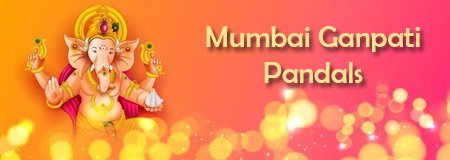Khandoba Temple Jejuri,Pune,Maharashtra
According to legends and folklore, Khandoba was a human Avatar of Bhagawan Shiva; he used to live and rule the region from Jejuri-gad, where the Mandir is now present. The Mandir is also known as Jejuri-gad. Khandoba killed the demon brothers Mani and Malla, when they harassed people.
History
The worship of Khandoba began in the 12th to 13th century. It was built by Yadavas in 12th century. The Khandoba temple was rebuilt during the reign of the Peshwas.
In 1737–1739, Chimaji Appa, brother of Peshwa Baji Rao I, gifted Portuguese church bells from Vasai to the temple. He and his Maratha soldiers took the bells from Portuguese churches as conquest memorabilia, after defeating them in the Battle of Vasai (1737).
Legends
According to legend, two rakshasa brothers, Mani and Malla, pleased the god Brahma with their austerities. By Brahma’s boon, they became very powerful and started destruction on Earth, harassing people. This led the God Shiva to arrive on earth in the avatar of Khandoba to destroy Mani and Malla. In a fierce battle, Khandoba killed one demon, and forgave the other when he promised to serve the common people.
Deity
Main article: Khandoba
The central deity Khandoba, also known as Khanderav, Khanderay, Malhari-Martand and Malhar, is one of the most popular deities of Maharashtra. Khandoba is regarded as an avatar of the God Shiva.
Khandoba is the Kuladevata (ancestral tutelary deity) of many people of Maharashtra.The Kunbi-Marathas casts’, Dhangar tribe, herdsmen, nomadic folks of Maharashtra worship Jejuri’s Khandoba.
















